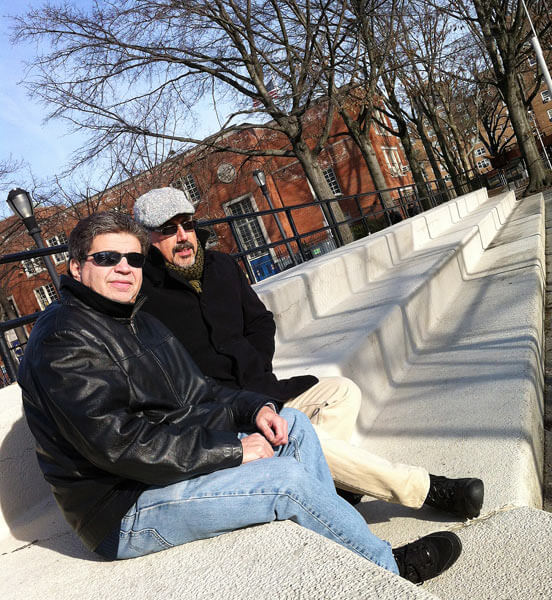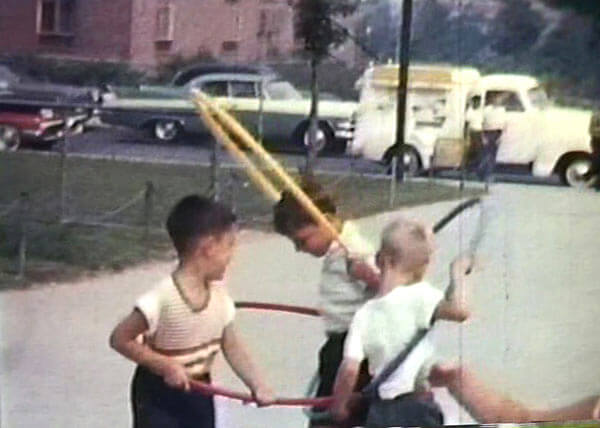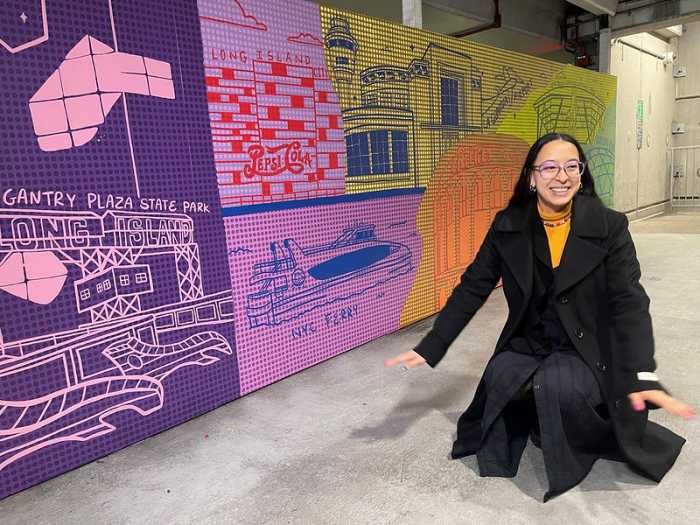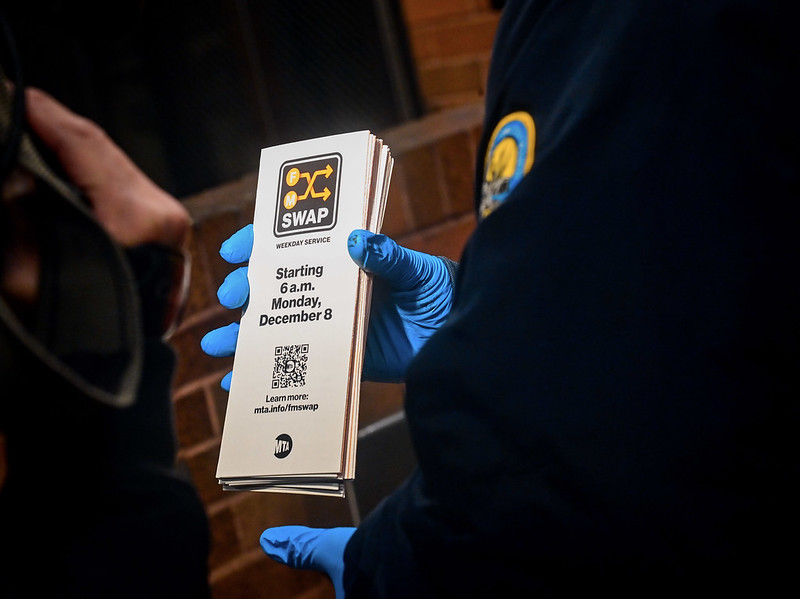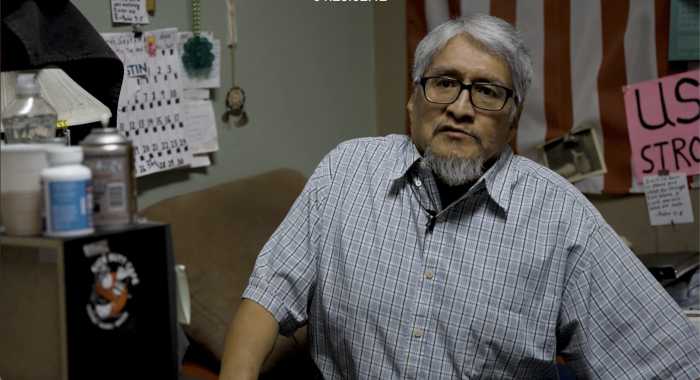Joe Anuta
Do you remember Jack the Ice Cream Man?
Terry Katz and Al Stark often find themselves asking this question while compiling material for their documentary about growing up in the Pomonok Houses.
They were just two out of the legions of baby boomers raised there in post-World War II America.
Jack, by the way, was a sometimes vindictive ice cream vendor who sold frosty treats and trinkets on Kissena Boulevard.
“There were so many kids in Pomonok one would think it was a requirement to live there,” Katz joked in a recent interview.
Thousands of working-class families moved from places like Manhattan’s Lower East Side into Pomonok Houses, completed in 1952, which then were brick monoliths jutting up from the unpopulated rural Queens landscape.
Katz and Stark recently sat down with TimesLedger Newspapers at Gino’s Pizza, at 65-01 Kissena Blvd.
As he recalled summer softball games and winter snowball fights, he paused and with a hushed voice pointed out two people in the restaurant who also grew up in the projects.
“He lived on the fifth floor, three up from me,” he said, discreetly pointing to a bespectacled man eating with his family.
The film crew consists solely of Stark and Katz, who are at this point compiling information from anyone who lived in the houses.
They met a man named Willy Sutton who used to sing doo-wop in the hallways and returned to his favorite hallway with the best acoustics to give the filmmakers a performance.
Others who grew up in the houses describe memorable events like the World’s Fair or the moon landing.
The two filmmakers want all of it, and as far as collecting material, they make a perfect team.
Stark knows everybody and is a natural interlocutor, and Katz, an adjunct film professor at St. John’s University, gathers vintage footage and takes care of the technical work.
The two contend there was a sense of community that existed back then that has been lost in time.
Some of it can be attributed to the brick structures themselves.
They did not have air conditioning, Katz said, and during hot summer nights all the mothers and fathers would sit outside on benches and lawn chairs and socialize, Katz said, getting to know their neighbors.
And the kids got to stay out late, too, running around playing games in the dark.
It was because of intimate moments and the general close quarters that everybody knew everybody.
The young versions of Katz and Stark might have thought they were getting away with some youthful endeavor, but a network of mothers, sometimes referred to as the “Mothers Mafia,” were always keeping an eye on the children.
And it did not matter which race or ethnicity the mother or child represented, according to Katz, since they were all living in the place.
“Race was not an issue,” he said.
But they do not want the film to be an exercise in nostalgia, nor do they simply want to attach a rose-colored lens to their camera.
They will take the good along with the bad, and hopefully recreate the Pomonok back then that produced Queens notables like U.S. Rep. Gary Ackerman (D-Bayside), Deputy Borough President Barry Grodenchik and actor Mike Starr of “Goodfellas” fame.
“In a way it’s like a mosaic,” Katz said, since the film as a whole will be comprised of individual memories. “Everybody is telling their own little story.”
And if you remember Jack the Ice Cream Man, or anything else about the houses, they encourage you to get in touch. They hope to have a rough cut of the film ready by next fall.
Reach reporter Joe Anuta by e-mail at januta@cnglocal.com or by phone at 718-260-4566.

